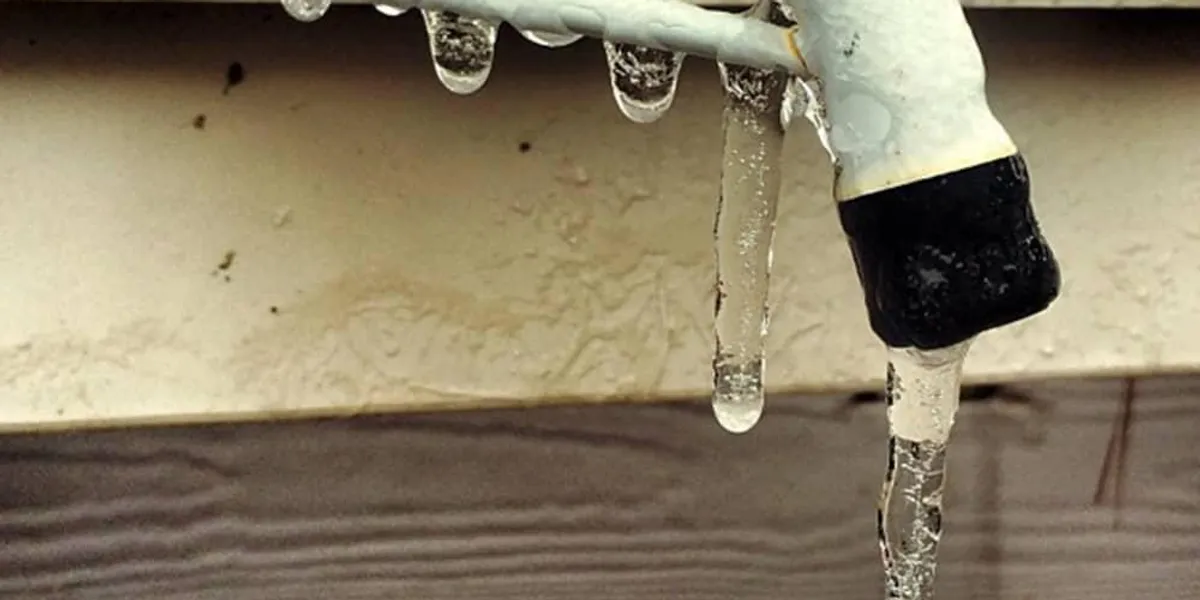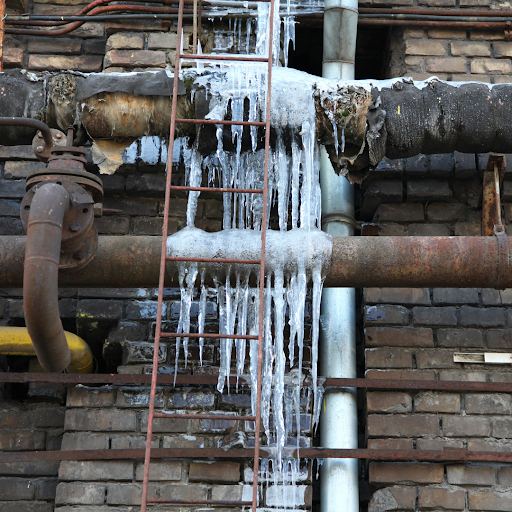Just about every person maintains their own individual assumption with regards to Prevent Frozen Pipes .

Winter can damage your plumbing, especially by freezing pipelines. Here's exactly how to avoid it from occurring and what to do if it does.
Intro
As temperatures decline, the risk of icy pipes increases, possibly resulting in costly repair services and water damage. Recognizing how to stop icy pipes is crucial for home owners in cold climates.
Recognizing Icy Pipes
What causes pipes to freeze?
Pipelines ice up when revealed to temperatures below 32 ° F (0 ° C) for extended periods. As water inside the pipes ices up, it broadens, putting pressure on the pipeline walls and possibly causing them to break.
Threats and problems
Frozen pipes can bring about supply of water disruptions, residential or commercial property damage, and expensive fixings. Burst pipelines can flooding homes and create extensive architectural damages.
Indications of Frozen Water Lines
Identifying frozen pipelines early can stop them from rupturing.
Just how to recognize icy pipes
Look for decreased water flow from faucets, uncommon smells or noises from pipes, and visible frost on subjected pipelines.
Avoidance Tips
Shielding vulnerable pipes
Wrap pipes in insulation sleeves or use heat tape to protect them from freezing temperatures. Concentrate on pipelines in unheated or exterior locations of the home.
Home heating techniques
Maintain interior spaces sufficiently heated, particularly locations with plumbing. Open up closet doors to permit cozy air to circulate around pipes under sinks.
Protecting Outside Pipes
Yard pipes and outside faucets
Separate and drain pipes garden hose pipes before winter. Mount frost-proof spigots or cover outside faucets with protected caps.
What to Do If Your Pipelines Freeze
Immediate actions to take
If you presume icy pipelines, keep faucets open to eliminate stress as the ice thaws. Make use of a hairdryer or towels taken in hot water to thaw pipelines slowly.
Long-Term Solutions
Architectural modifications
Think about rerouting pipelines away from exterior wall surfaces or unheated areas. Add additional insulation to attic rooms, cellars, and crawl spaces.
Upgrading insulation
Purchase high-quality insulation for pipelines, attics, and walls. Appropriate insulation helps preserve constant temperatures and lowers the threat of frozen pipelines.
Verdict
Avoiding icy pipelines requires proactive procedures and fast feedbacks. By understanding the causes, indications, and preventive measures, home owners can shield their pipes throughout winter.
5 Ways to Prevent Frozen Pipes
Drain Outdoor Faucets and Disconnect Hoses
First, close the shut-off valve that controls the flow of water in the pipe to your outdoor faucet. Then, head outside to disconnect and drain your hose and open the outdoor faucet to allow the water to completely drain out of the line. Turn off the faucet when done. Finally, head back to the shut-off valve and drain the remaining water inside the pipe into a bucket or container. Additionally, if you have a home irrigation system, you should consider hiring an expert to clear the system of water each year.
Insulate Pipes
One of the best and most cost-effective methods for preventing frozen water pipes is to wrap your pipes with insulation. This is especially important for areas in your home that aren’t exposed to heat, such as an attic. We suggest using foam sleeves, which can typically be found at your local hardware store.
Keep Heat Running at 65
Your pipes are located inside your walls, and the temperature there is much colder than the rest of the house. To prevent your pipes from freezing, The Insurance Information Institute suggests that you keep your home heated to at least 65 degrees, even when traveling. You may want to invest in smart devices that can keep an eye on the temperature in your home while you’re away.
Leave Water Dripping
Moving water — even a small trickle — can prevent ice from forming inside your pipes. When freezing temps are imminent, start a drip of water from all faucets that serve exposed pipes. Leaving a few faucets running will also help relieve pressure inside the pipes and help prevent a rupture if the water inside freezes.
Open Cupboard Doors
Warm your kitchen and bathroom pipes by opening cupboards and vanities. You should also leave your interior doors ajar to help warm air circulate evenly throughout your home.

I stumbled upon that content about Preventing and dealing with frozen pipes when looking around the search engines. Sharing is nice. You just don't know, you might be doing someone a favor. I praise you for being here. Please visit our site back soon.
Click Here